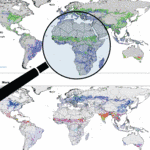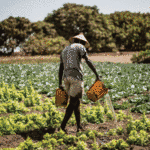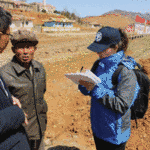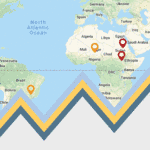Earth observation for crop monitoring
GIEWS monitors the growing conditions of major food crops across the globe to assess production prospects. To support analysis and supplement ground-based information, GIEWS utilizes remote sensing data that can provide valuable insight into water availability and vegetation health during cropping seasons.
Crop Prospects and Food Situation (CPFS) Report
GIEWS’ forecasts on crop production and analyses of market and food security conditions are brought together in the CPFS report. The report provides decision makers with comprehensive forward-looking analyses, assessing the impact on agriculture and food security of a multitude of factors (i.e. weather, disease outbreaks, conflicts).
Crop and Food Security Assessement Missions (CFSAMs)
The purpose of CFSAMs is to provide an accurate picture of the extent and severity of existing or expected food security crises aiming to trigger appropriate government and international action that mitigates the impact on affected populations.
Food Price Monitoring and Analysis (FPMA)
After the 2007-2008 food price crisis, GIEWS established an online FPMA Tool covering staple food prices in around 90 countries and international benchmark trade prices. The FPMA Tool supports regular analysis on food price trends at national and global levels, and the data contributes to the measurement of progress towards the SDG 2.






